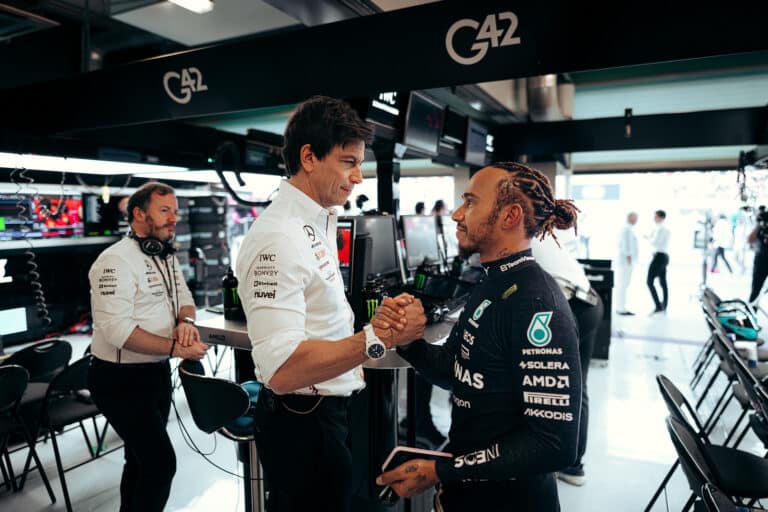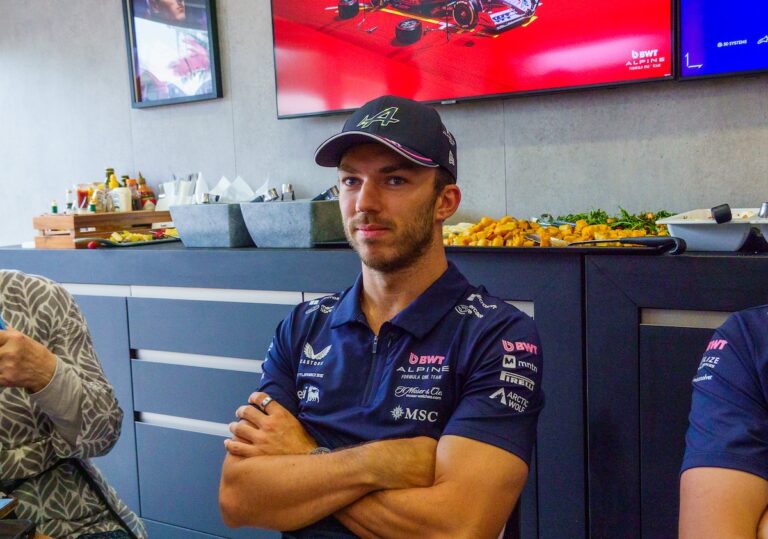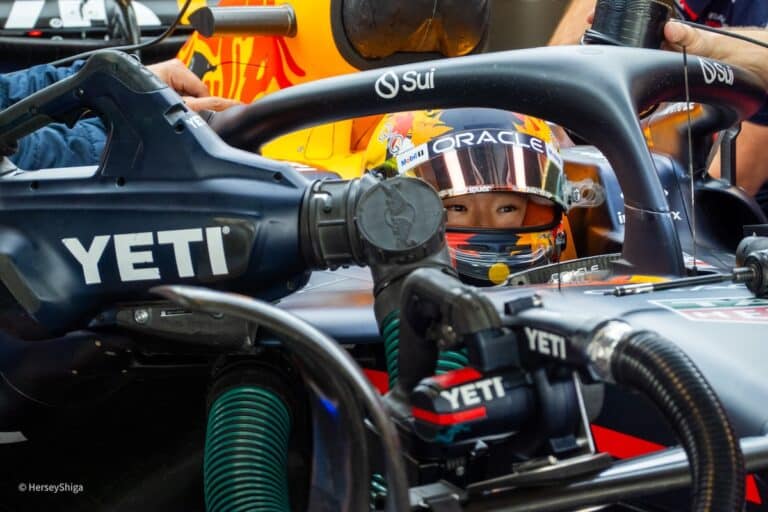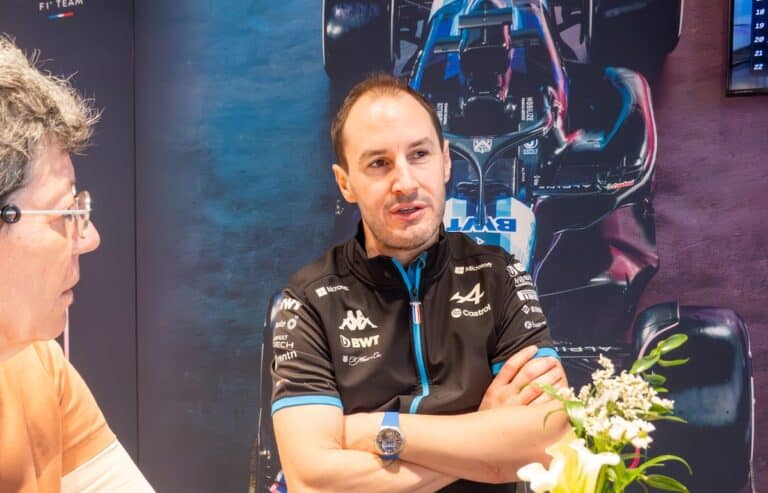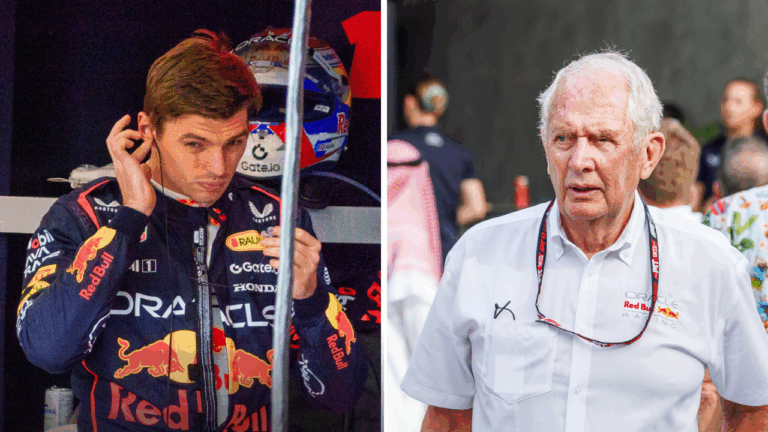Toyota Signals Gradual Return to Formula 1 Through Haas Partnership
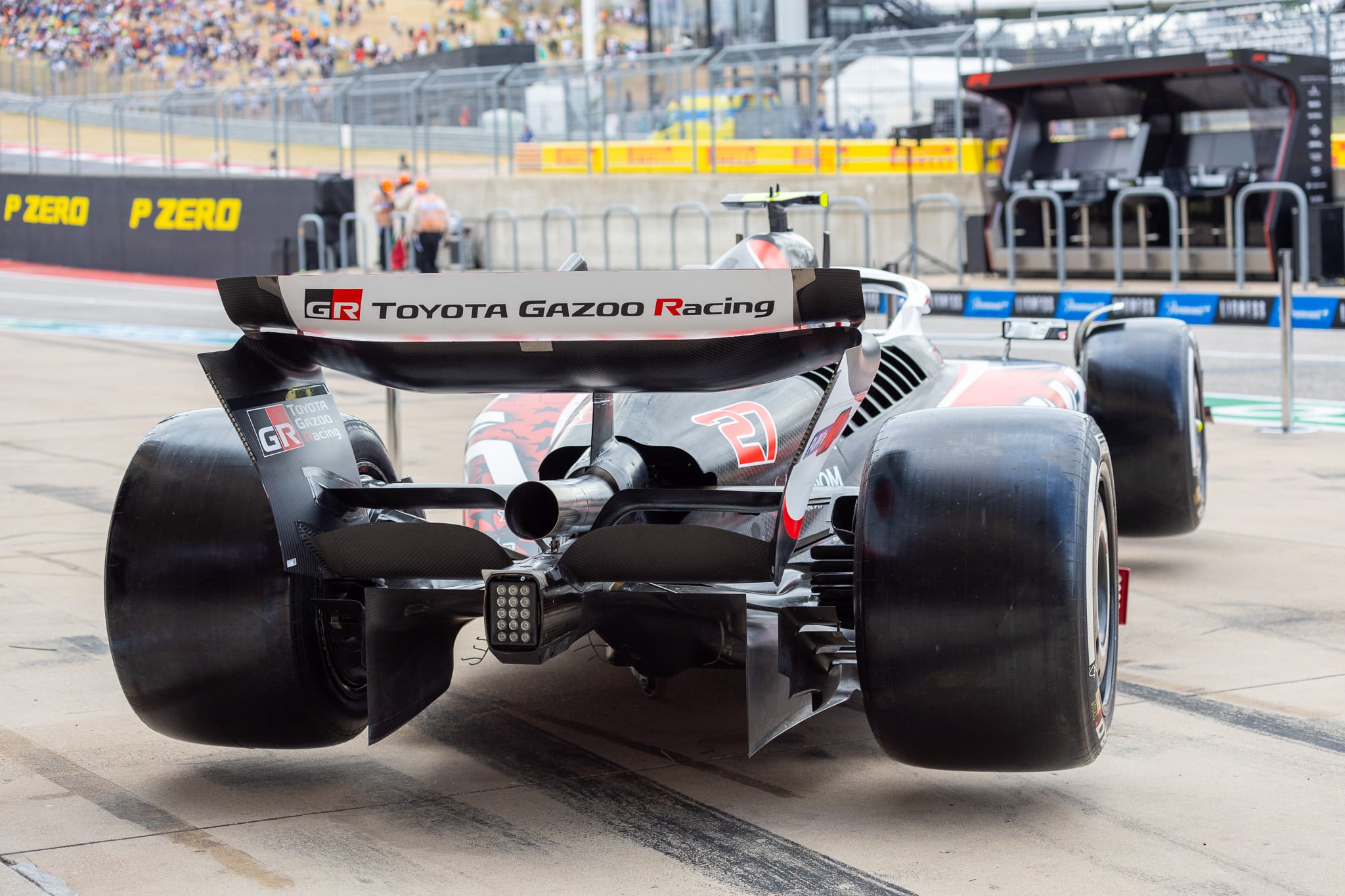
Toyota Gazoo Racing has indicated a deliberate, step-by-step approach to re-entering Formula 1, leveraging its partnership with Haas as a calculated and strategic move. As first highlighted by Shiga Sports in 2024, Toyota’s cautious and pragmatic approach reflects lessons learned from past missteps—both from its own F1 project and those of other teams.
The company’s mission is becoming increasingly evident, with incremental progress hinting at a long-term goal: establishing Toyota as a full-fledged F1 team competing at the pinnacle of motorsport. This long-awaited return, eagerly anticipated by fans and insiders alike, seems to be edging closer with each passing season.
This renewed push was marked by Toyota branding appearing on Haas cars and team gear during the 2024 season. The partnership also facilitated the launch of Haas’s Testing of Previous Cars (TPC) program and the development of a new F1 simulator at the team’s Banbury base.
Managing Expectations Amid Growing Momentum
Masaya Kaji, Toyota Gazoo Racing’s global motorsport director, has sought to temper expectations. However, as international media scrutiny intensifies, Toyota’s PR team faces mounting pressure to address speculation about its long-term plans.
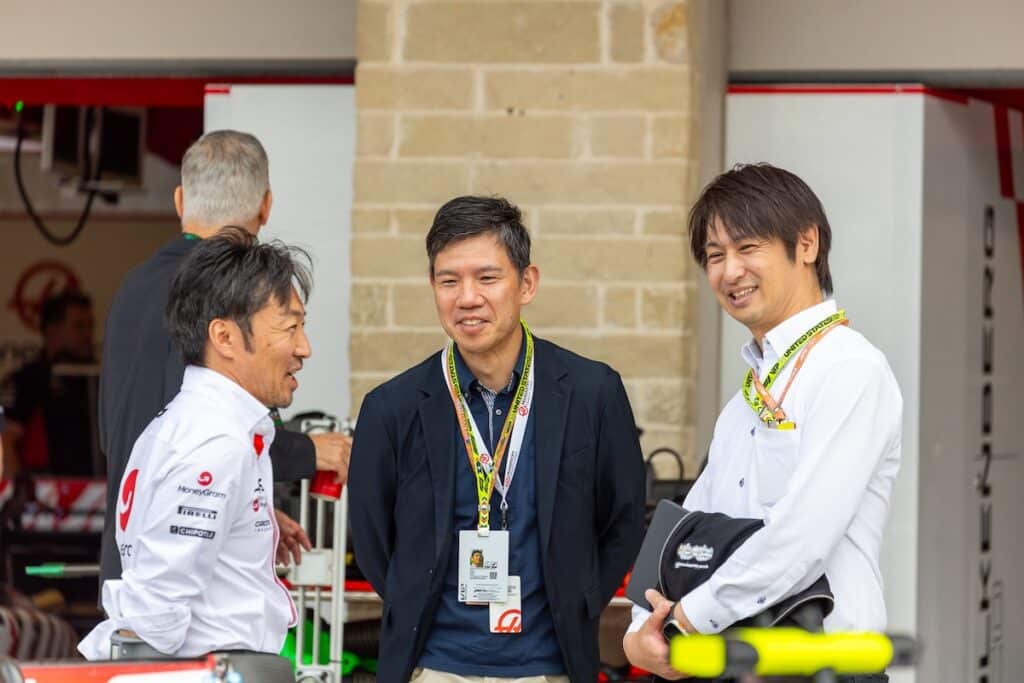
Kaji emphasized that the current partnership is primarily aimed at familiarizing Toyota engineers with Formula 1’s intricate operations and creating opportunities for Toyota-affiliated drivers to enter the sport. Yet, in a recent interview with Motorsport.com, Kaji revealed a notable shift in tone, hinting at a broader ambition.
Exploring the Possibilities
“We are, of course, studying the technologies for 2026 and even current technologies,” Kaji said. “I feel we’re gradually moving in that direction.”
This statement marks a departure from Toyota’s earlier messaging, which consistently downplayed the possibility of re-establishing a works team or building an F1 engine.
Kaji also acknowledged the challenges associated with committing fully to F1, particularly as the sport transitions to simplified V6 turbo hybrid engines post-2026.
“We’re not at a stage where we would redirect all our resources there [to a full F1 return],” he explained. “What happens after 2030 is still uncertain. We’re working on various new technologies, so whether our vector aligns with F1 remains to be seen.”
Building Pathways Through Strategic Alliances
Kaji highlighted the benefits of having a Toyota-backed F1 team, particularly in terms of driver development.
“If we had our own team, we could choose which drivers to put in the car,” he said. “In that sense, it would indeed bring us closer to putting drivers in F1. But realistically, we have to evaluate how much money and how many staff members would be required to make that happen.”
For now, Toyota remains committed to partnerships like the one with Haas, which Kaji described as critical stepping stones in the company’s journey.
“We’re not in a stage to leap over those steps. We need to focus on doing what we should be doing right now,” he concluded.
Looking Beyond 2030
While a full-scale F1 return may still be years away, Toyota’s growing interest in the sport’s technologies signals a deeper commitment to motorsport’s future.
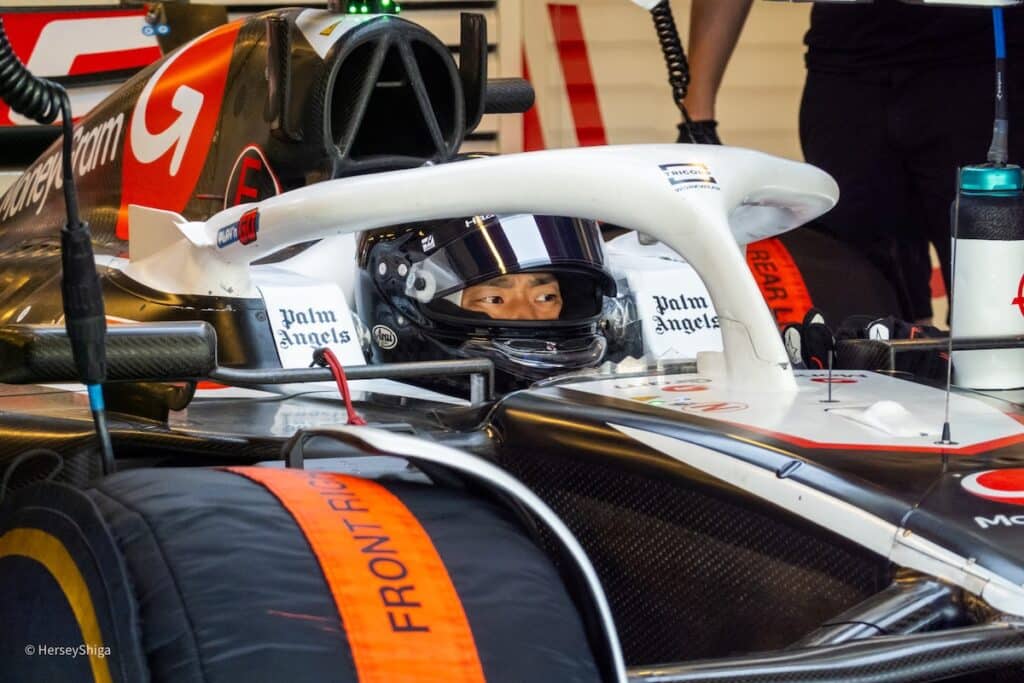
As Toyota-backed drivers like Ryo Hirakawa gain valuable experience in Formula 1 environments, the company appears poised to re-establish itself on the F1 grid. Though the timeline remains uncertain, the momentum behind Toyota’s strategic approach suggests that its eventual return to the pinnacle of motorsport is not a question of if but when.
As Kaji-san confirmed, it would be beneficial for Toyota to have control over its driver lineup, with the potential inclusion of a Japanese driver such as Ryo Hirakawa. Could Yuki Tsunoda, a driver whose career has been closely tied to Honda from the start, also be considered if this vision materializes? Alternatively, Toyota may opt to prioritize talent from its own development program, such as current Formula 2 driver Ritomo Miyata.
In either scenario, the future of Japan in Formula 1 looks exceptionally bright, with two automotive giants, Honda and Toyota, potentially competing on the world stage. This rivalry could usher in a new era of success for Japanese motorsport, captivating fans and strengthening the nation’s legacy in F1.
Read also:
- Honda Gives Its Stamp of Approval! “Tsunoda Has What It Takes to Move Up to Red Bull”
- Tsunoda on the RB20: “It Suits My Driving Style”
- Historic Day for Japanese Drivers at Post-Season Abu Dhabi F1 Test
- Christian Horner Reflects on Red Bull’s Honda Partnership, McLaren’s Success, and Looks Ahead to 2025
- Yuki Tsunoda fate soon decided as he qualifies P11 in Abu Dhabi
- Ryo Hirakawa to Drive for McLaren in Abu Dhabi GP FP1


